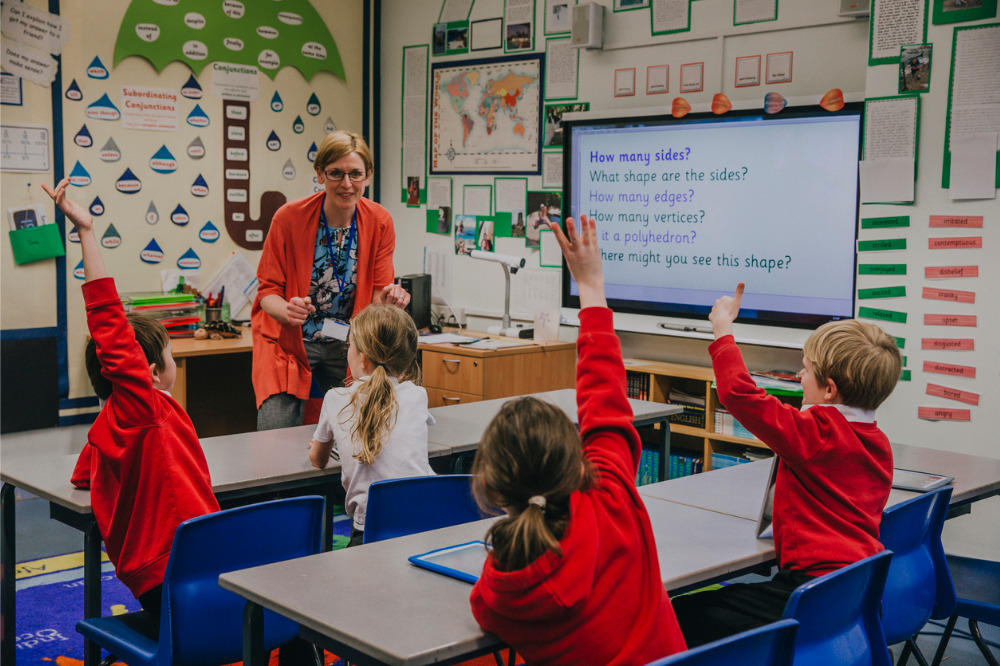
The explicit teaching of behaviour as a curriculum would achieve better learning outcomes, new research shows.
The most recent figures from a Programme for International Student Assessment (PISA) study of 15-year-olds shows 43% of students said that they were in classrooms that were noisy and disruptive. According to the same data, Australia ranks at 69th out of 76 countries on the ‘disciplinary climate index’, placing Australian schools among the least orderly in the world.
In a new CIS research paper titled, ‘Teaching Behaviour: How Classroom Conduct Can Unlock Better Learning’, Dr Tim McDonald, a specialist on the federal government’s Engaged Classrooms Initiative, says these statistics show teaching good behaviour should be a part of the formal curriculum.
So, what might this look like in practice?
Dr McDonald said a behaviour curriculum is “the expectations of behaviour that the school expects of all its students”.
“Included in a behaviour curriculum is a clear understanding of the basic routines of how students need to conduct themselves so that all students are safe and have the opportunity to learn in calm and orderly classrooms that enable them to flourish,” Dr McDonald told The Educator.
“This behaviour curriculum is written up, like a subject curriculum, and made available to parents and students.”
Dr McDonald said this involves the whole school community working towards all students learning in safe and predictable classrooms.
“The power of this behaviour curriculum is that it is the whole school and staff are held accountable to these standards.”
“A behaviour curriculum is designed to include all students in the culture of the school. Student backgrounds and cultures are celebrated and the schools works to ensure that all students can learn in the school with clearly defined expectations which reflect the culture the school wants to cultivate.”
Dr McDonald said the teaching of behaviour enables all classrooms to be places of equal opportunity where all students belong because the behaviours required to learn are clear and taught to all.
“No one is disadvantaged because they have different values and beliefs.”
“The routines and rules in a school need to be taught and practiced by the student so they know what is expected and can do these without thinking to give them more time to learn.”
Teachers need better training in classroom management
Dr McDonald says the required classroom management skills have not been delivered well by university teacher trainers.
“Student teachers need to be taught classroom management skills and strategies that enable them to mange a classroom so they can teach effectively and students are learning,” he said.
“These skills and strategies need to be practiced in the classroom as they progress through their degree. Students need to know what a behaviour curriculum is and how to use these to help them become effective behaviour managers in the classroom.”
A companion paper to Dr McDonald’s work, ‘The Behaviour Curriculum: Learnings from the UK national behaviour survey’, by Tom Bennett, will be published by CIS on Thursday, October 5.
The CIS research comes as the Senate’s Education and Employment Committee’s inquiry into the issue of increasing disruption in Australian classrooms is due to hand down its final report in November.


